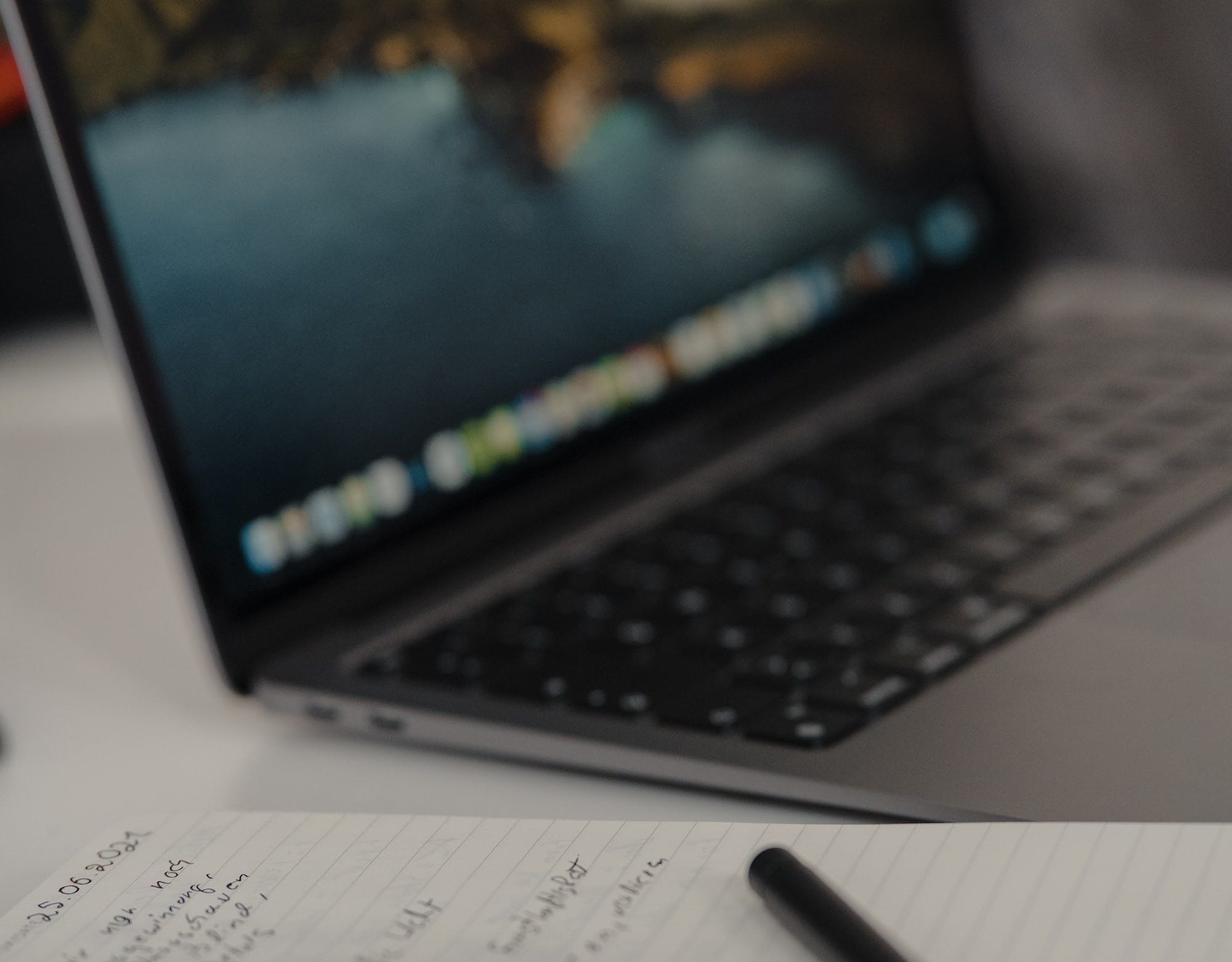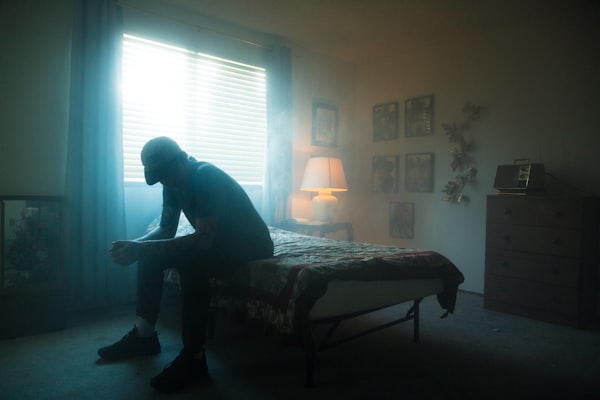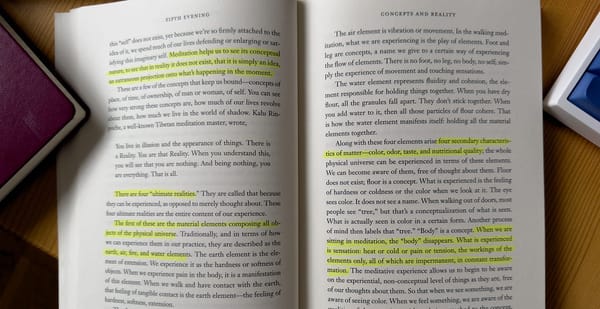How I Combated Procrastination with the Perfect Note-Taking System

Background
I have written a ton about note-taking applications. I’ve learned how to use Obsidian, Capacities, Tana and Logseq, just to name a few. And readers of this blog will be aware that I’ve been on the hunt for the perfect system for taking notes and, more importantly, being able to be able to find information quickly when it can’t be retained. When I took on the role as the Head of Research and Development (Services) in a large IT organisation in 2023, having an ironclad system went from being a hobby as a PKM and productivity enthusiast to a necessity.
I spent the first few weeks testing out new systems and workflows to develop the perfect system. I wrote a blog where I discussed the abusive relationship that I found myself in and how the shifting from one application to another led to lower productivity and higher procrastination.
I recently read Ali Abdaal’s book ‘Feel Good Productivity’, which I had to admit, for me, was more profound than I was expecting it to be. I have a long-standing respect for Ali Abdaal and I have seen most of his videos on YouTube. I’ve been on this journey over the past few years of wanting to do more with my time. LOTS more: YouTube, Podcasting, writing this blog, journalling, meditation and that’s all outside of my core working hours that have been knows to go over 70 in a given week (exception, not the rule). I found that though a lot of note-taking solutions available are so different and, for the most part, excellent - the main blocker that I came across was that due to security risks, my work laptop is a closed system - so the choices that I had when it comes to note-taking was Apple Notes (I use a MacBook Pro) - but only stored locally as my work laptop has iCloud access blocked or One Note. And, I’m saying this now. I fucking hate One Note.

The question as to what is the best note-taking application and system for my needs was always an evolving one but this question, this need, this want, has also been my greatest downfall. And of course, to top it all off, I often find myself falling for the shiny thing syndrome. And, I still do it. I can’t help myself - I’m a hobbyist.
Battling Methodologies to Defeat Procrastination
Anyway, there is a chapter in the book that talks at length about procrastination and the origins of why we procrastinate. When reading the book, which is unlike most books on the subject, something stuck a cord with me. The book takes what we know of the concept of procrastination and looks at it from a different perspective. Previously, my frame of reference has been that procrastination requires the correct tools and discipline to retain focus when completing a task. And, yes - this is true. Many reputable authors, also write about their own methodologies which are all worth reading. There are too many to mention here, but Tiago’s PARA methodology and Allen’s Getting Things Done (GTD) are both highlights for me. These guides are littered with processes that enable us to do more. Chris Bailey’s (outstanding) book, hyperfocus talks about the concept of a ‘flow’ - that peak moment when you’re in the ‘zone’. A hurricane could hit and you’d not notice it because that blog your writing is the only thing in the world at that very moment. As a professional and an enthusiast, these moments of flow are ones I strive for. What all these books and methodologies have in common is that the tasks at hand are all doable and it’s a case of which task, and when.
But what if you can’t be arsed? What if you simply don’t want to finish that report or, even worse, you don’t know how too - or you lack the confidence required to get it done?

Procrastination from a Different Perspective
The perspective of procrastination that Abdaal illustrates in his book challenges the reader to look at the underlying causes. He argues that procrastination is linked to our mood, and that our emotions can form a barrier to not achieving what we want to achieve when we need (want) to achieve it. Our bad mood, or lethargy is a cause of the fog in our minds that often - if we don’t make the task at least enjoyable - we’re bound to get lost in. And before we know it, we’ve lost an hour doomscrolling on TikTok or, ironically, lost in a YouTube playlist of videos on the subject of procrastination.
So when I was presented with a plethora of tasks and activities in my new role, I started by spending time on developing my system, but this was, a form of procrastination in itself. Worse still, it was a form of task avoidance In hindsight, and with credit given to the wake-up call thanks to Abdaal, this form of procrastination was, I believe, born from my lacking of confidence in my abilities to do the task at hand. Not just complete the task, but to complete it at a high standard that in my previous role I’d been able to achieve with relative ease. I’d become a novice overnight and suddenly I found myself second guessing nearly every decision, idea or solution.
This extended far beyond just my day to day professional life; last year I blogged a lot less. Though I love writing, I didn’t love what I was writing, the quality wasn’t good enough and I just couldn’t get into a flow on a lot of my (now) half-finished works. Hence, why I’ve pledged to write 50 new pieces this year (and publish them regardless of them not being perfect, this is blog #2).
Going back to my system development; I spend far too many hours working on refining and tweaking it. I was far more confident in what I was doing in this area, and I found that developing the systems more enjoyable than what the system was going to be ultimately used for. So I was going round and round in circles, not getting anything completed.

The Pen is Mightier than the Keyboard
On the year that just passed, I was writing in my journal (The Hobonichi Techo cousin, my favourite journal ever) and as I was writing (with the Lamy Safari fountain pen, I am also a great believer in the power of a good pen. (That’s a story for another day)). I came to an epiphany; I realised that though I love applications and online solutions - the most useful tool I’ve ever used is simply a decent pen and a quality notebook. It’s the antithesis of all the systems I’d built and customised over the past few years. Over the past few months I’ve been putting pen to paper and writing notes, and I’d even written the idea and initial structure of this very blog in a small A6 notebook I now carry in my coat pocket at all times.
So why the sudden urge to go low-tech? As note-taking and PKM Applications start going deep with AI integration and are probably more popular that ever among enthusiasts, why have I gone the other way?
The truth is that it really wasn’t a conscious decision that I made. Nor, was it something that I gave too much thought too. It was actually in December 2023 when I was looking at getting a new diary for the upcoming year to use exclusively for work that I came to the realisation that the system that lived on my laptop wasn’t working, and was full of notes that I barely revisit.
Even as a PKM hobbyist, I’d found that I became a collector of notes, rather than someone who took notes on a particular subject because of their importance. More importantly, I was still becoming a collector of ideas, but those ideas never actually lived in my system, nor were they born out of the system itself.

Single Project Obsidian
Though I no longer collect notes for the sake of collecting them. I am still working on the ‘big’ project - A novel that I return to every year for a few months to gather more research. This is where Obsidian has really been essential. But I use it without plug-ins for any extras whatsoever. The advantage of Obsidian in this instance is that as my collection of notes, articles and research material spans many years. It went from a box of scraps of paper which started 20 years ago when I first came up with the overall plot of the book. Over the years I find myself returning to it, it continues to take shape. There’s probably an entire blog about why I haven’t just dedicated the time to sit down and write it, but the long and short of it is - I don’t have the skills just yet. What you’re reading right now is part of that journey. Anyway, Obsidian. For me, it’s not redundant, And I know that because it’s stored locally (and backed up on iCloud), what started as a box of scraps of paper is safe. As the story grows and the characters develop, one day I might actually pull my finger out, I will be able to start to write it, with the confidence that when I start it, I will finish it.
Shut up, Anthony - this isn’t about that. I think I wanted to highlight that in my perfect low-tech system - in the corner, there is one piece of software that will always be there. Just not used on a daily basis. Moving on…
Deliberate Strokes
Oh boy, I love writing by hand.
I love the process of putting a pen to paper in a deliberate and meaningful way. It is far more than simply recording a connection between the thought in my head, the point that’s being raised in a meeting (or the action I need to complete) and the intention. In a professional context, when I’m making a note and taking the time to make the note itself The note itself needs to be important enough that I have to move my attention from the conversation happening. I believe in meetings with eye contact and that human connections build stronger relationships. Stakeholders make commitments, they are more likely to follow through with those commitments, especially when they’re made face to face. (again I’m digressing) the point here is that If I’ve got to stop for 30 seconds or 1 minute to write an important note, best believe, it’s important
This is the opposite of my previous behaviour - just write down everything.
And to go back to the development of the system that I was attemting to build as mentioned earlier, this was based on my history as a collector, a hoarder of notes. Not to collector of ideas.
The system was broken because the system didn’t need to exist.

Good Notes Vs. Bad Notes
It’s not uncommon that meetings that we attend (and I’m deliberately using the collective ‘we’ in this context) are full of differing opinions and in some cases raised emotions. (Guilty as charged.) I don’t need to write down that Joe Bloggs is frustrated because a milestone is about to be missed. I need to write down the actions to mitigate that from happening or what is going to happen to lessen then fallout. When it comes to handwriting (and I’m talking legible handwriting!) It takes time to write it down, and for me, I have to write a bit slower if I want to be able to read it back. I’ve had to learn to slow my mind, so when I’m writing, I write with purpose - this is in part due to mild dyslexia. (something I’m convinced I suffer from (I’ve not been tested and I’m not a doctor)). If I write quickly, my thoughts can sometimes race ahead and I start writing one word and then the last couple of letters belong to the word that is in my head at that very moment. (Not sure if that’s even a coherent description - never mind) It’s frustrating as hell - and the cure, I’ll repeat myself - slow my thoughts. Be deliberate. A good note has purpose, an action, it’s written with intent and avoids being emotive.
Furthermore, as a practicality - I prefer a notebook with pages numbers and a contents page (or just add your own), as this solves the problem of - finding the note in the future - I just use it for key ones. This is a work in progress, remind me in 6 months if that’s working.
Taking this back to Feel Good Productivity - I love handwriting. I love the process of putting pen to paper. In fact, I sometimes find myself in the evening just writing for the sake of writing. I was using Day One for journalling, as I love the flashbacks: ‘remember when you had an ear infection 2 years ago? Well, here’s your entry where you swore a lot to distract yourself!’ (true story) - There are a few disadvantages to low tech note-taking and journaling. However, getting ideas and thoughts out onto the page; the feel of the nib on good quality paper and the flow of the ink is so satisfying to me - and in some ways, it can be defined as a form of mediation. Being in the moment, focused and calm. I have often found that when I’m handwriting either late at night or practicing Morning Pages, with LoFi Girl playing in the background, I slip into the perfect ‘flow’. Couple that with a perfect ‘tempo’ and wrap that in a subject that I’m deeply entrenched in; from the simple act of journalling, to writing a complex project proposal. I can get into a state of hyperfocus as described by Chris Bailey and as I’m using the tools that being me joy, as described by Ali Adbaal. Look around: there isn’t a single note-taking application in sight.
The Solution
So, let’s wrap this up. So what is the perfect note-taking system? (For me, for right now?)
- A nice pen. (Preferably a fountain pen)
- A decent notebook. (Preferably one with page numbers and a blank contents page at the front) - I use two - One for general notes (usually meeting notes) and a second which is A6 Hobonichi Tech 1 page per day for my task list.
- Write down actions and facts - ignore the emotions and frustrations
- Write in a deliberate slow tempo, slow down your mind if it’s racing.
- Note-taking applications are still good for collecting and storing a large amount of content for a specific project, but PKM enthusiasm can lead to collecting notes, and missing out on ideas.
- The best system isn’t a system at all, it’s about being present, attentive, and precise.
And of course, a good pen. (It bears repeating)



